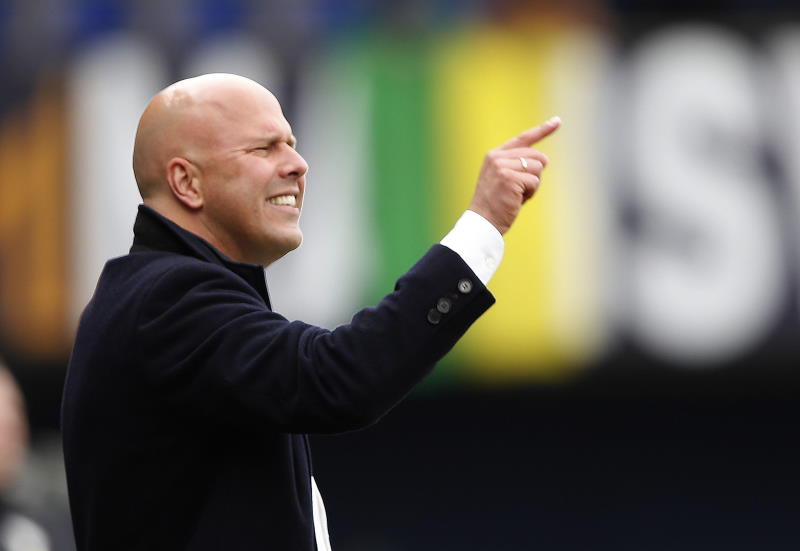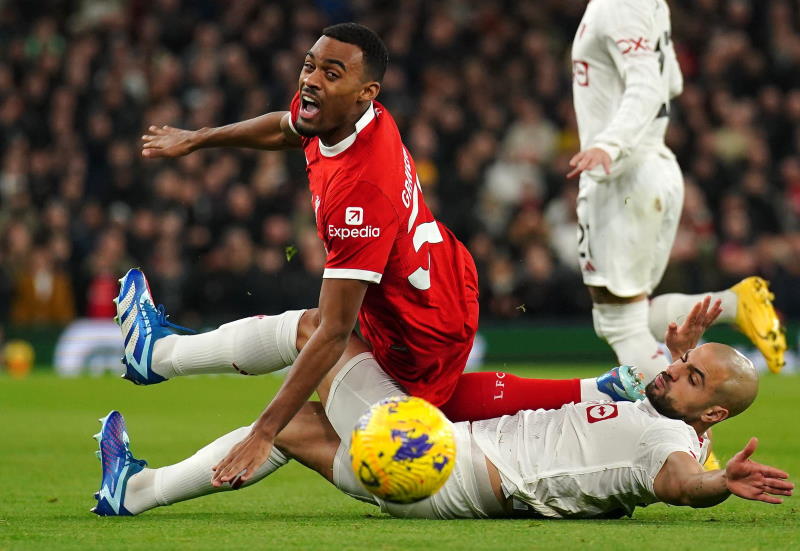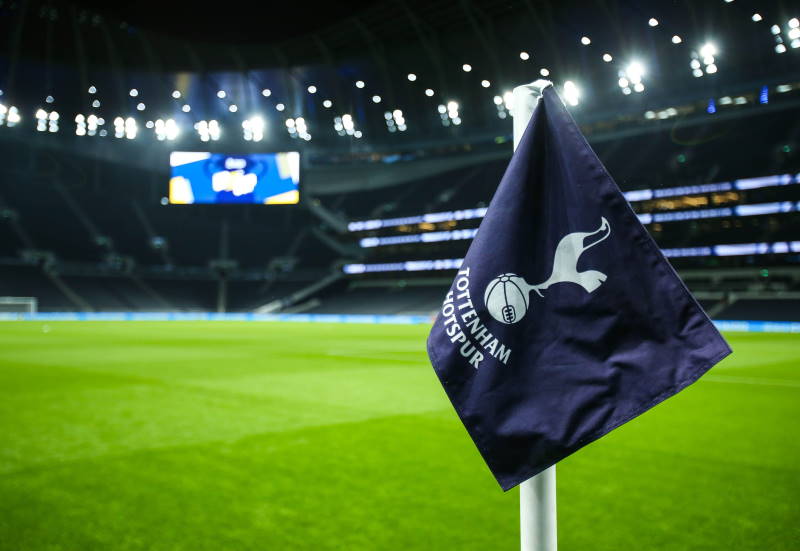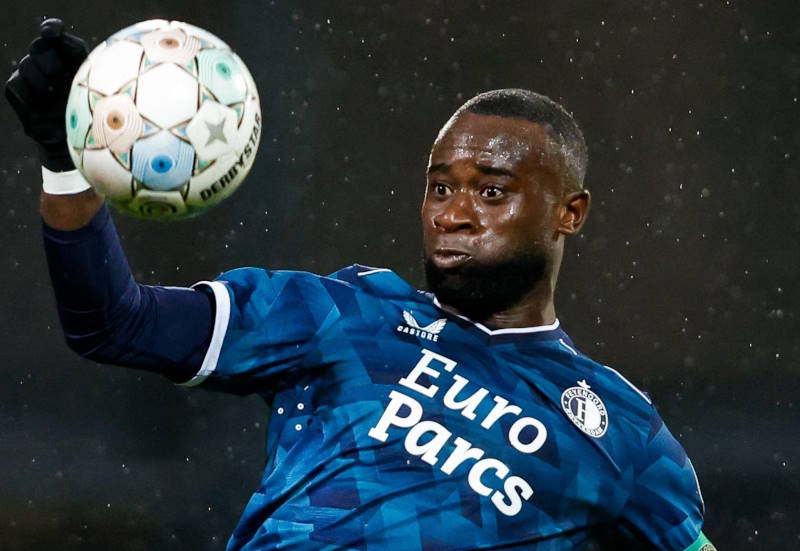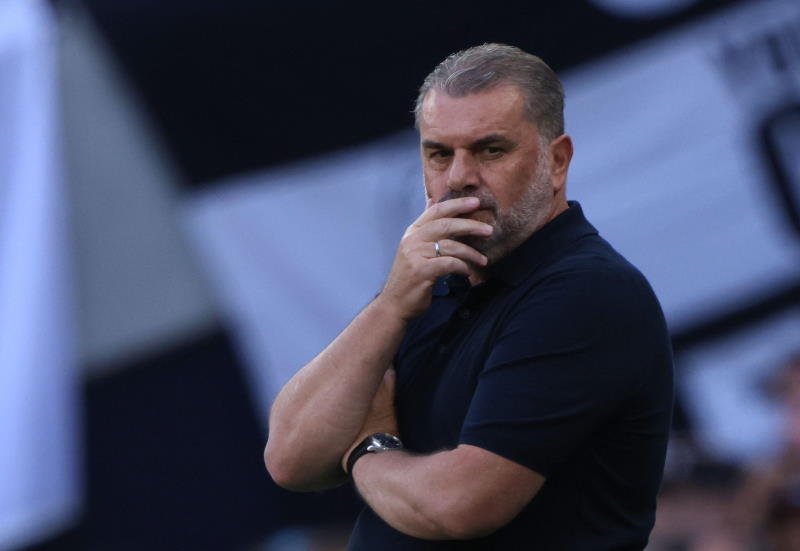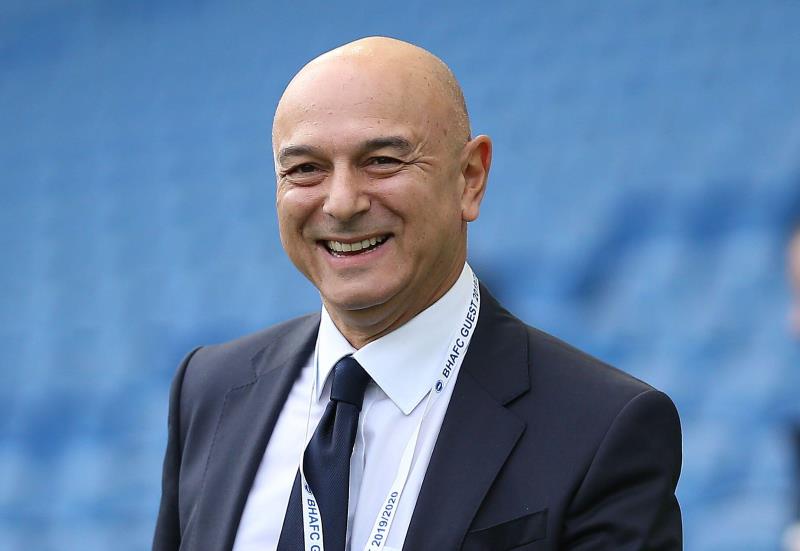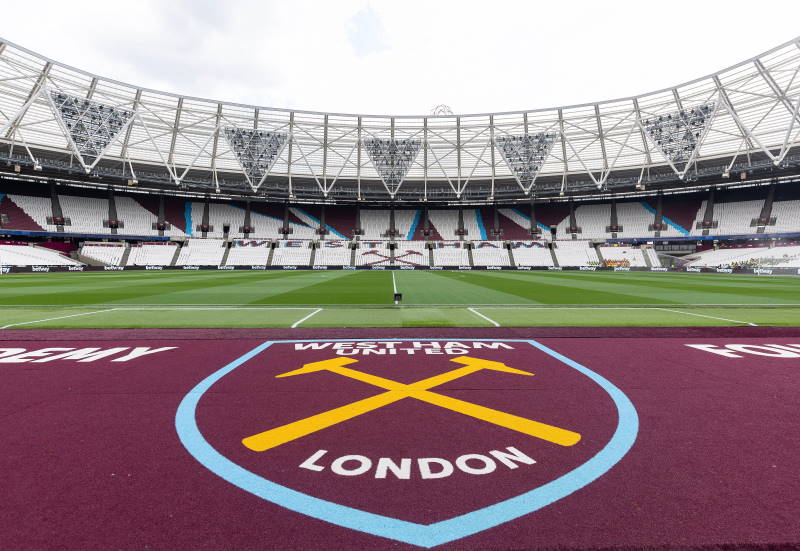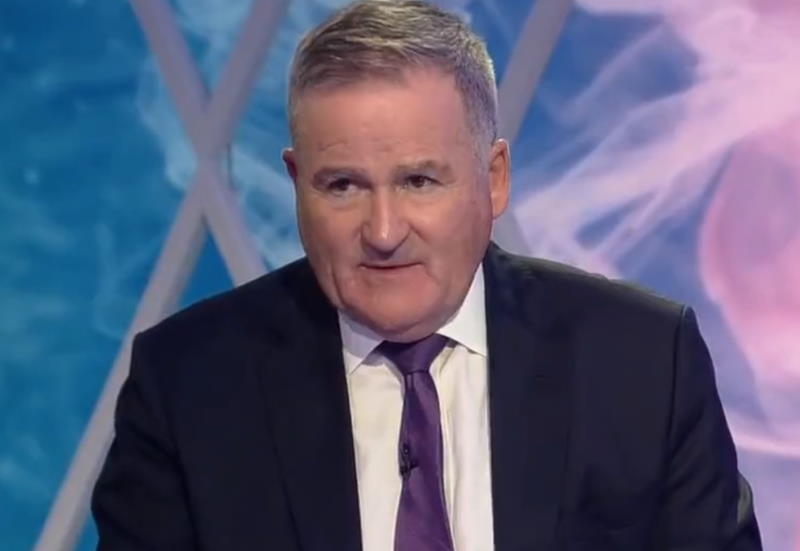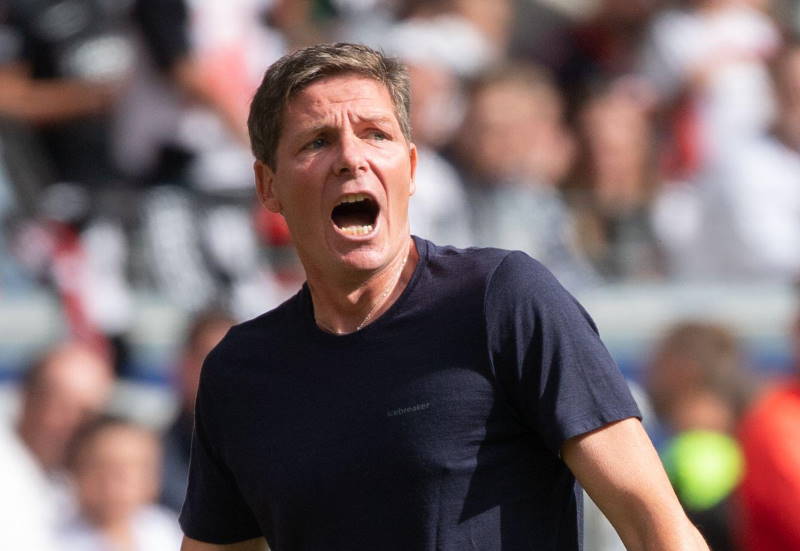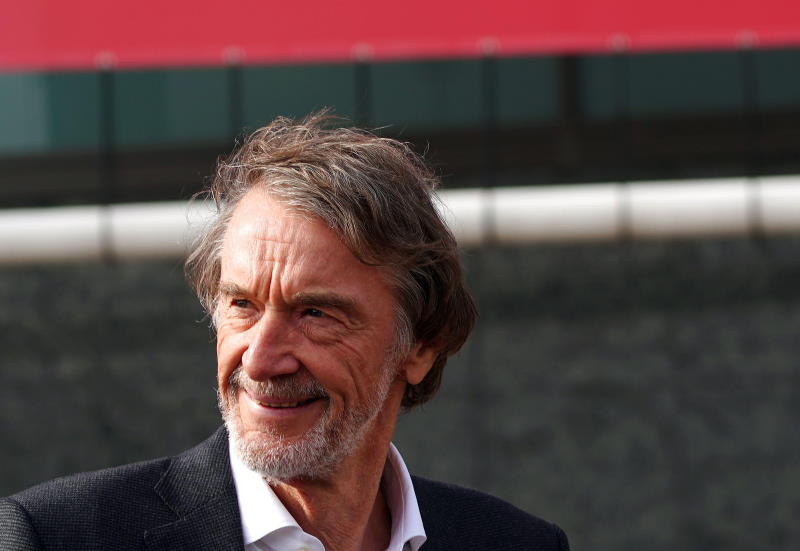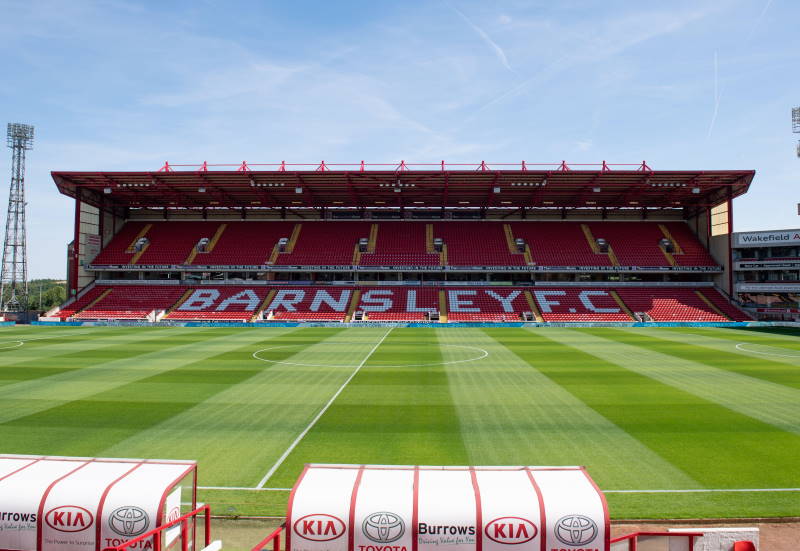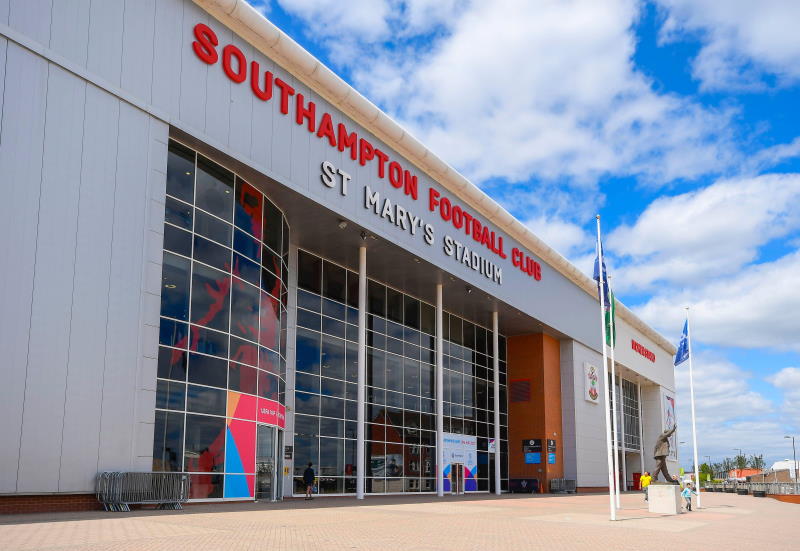
Every successful Brazilian footballer eventually heads overseas in search of money and glory. But just recently some have been returning to their homeland, finding family, friends, success, money and freedom that has eluded them far from Brazil. And in the South American country, great players often enjoy the personal endorsement of board members, are able to miss training and are constantly seen in nightclubs.
A good example of this growing trend is that nowadays, after the global financial crisis, each one of the clubs from Rio de Janeiro have great strikers on their books, such as ‘El Loco’ Abreu (Botafogo), Adriano and Vagner Love (Flamengo), Fred (Fluminense) and Dodo (Vasco da Gama). Three of them have already been to a World Cup. And this is not to mention Ronaldo and Roberto Carlos at Corinthians, Alex Silva back at Sao Paulo, and the newly arrived Robinho at Santos.
So how has the latest financial crisis really affected Brazilian football?
Just when the bubble burst, president Luis Inacio da Silva said the crisis was "nothing more than a little swell", and apparently he was right, because soon after it was clear to see that the Brazilian economy had not suffered to the same extent as other major economies around the globe. The country emerged from the sub-prime crisis strengthened and looking to play a greater role on the international stage. And that wasn’t different in football either. Or was it?
Before the crash
In 2006, the average attendance in the Brasileirão was just 12,300, and besides Alexandre Pato promising players were sparse. Pato, of course, was one of the biggest transfer fees ever received by a Brazilian club, second only behind former Sao Paulo player Denilson. AC Milan paid Internacional $20M for the young forward, far too good to turn down. The following season the average domestic attendance increased, reaching 17,279, and with it some great young players appeared, such as Guilherme a striker at Cruzeiro, Felipe a goalkeeper at Corinthains, Breno a centre-back at Sao Paulo, and Thiago Neves an attacking midfielder at Fluminense.
Before the financial bubble burst across the world, Brazilian football was certainly improving economically. In the first edition of the Casual Report in December 2008, Casual Auditores said that Brazilian clubs had enjoyed a great increase in their revenues between 2004-07, specifically because of better management and the exploitation of new revenue streams. However, it was also noted that there had been an even more significant increase in expenditure, leading to larger deficits and debts.
During these four years, revenues generated by Brazilian teams increased 63%, meaning that in the final year covered, clubs reached an income of $941M, an improvement of around $92M per year. Meanwhile they saw their outgoings shoot up by 81%. Compared to revenue then, the difference was minus $129M per year, more than 40% higher than their income. Taking into account the already relative indebtedness of Brazilian clubs, combined with poor management, the situation looked serious.
In that same report, Casual Auditores identified that the size of the market still left for Brazilian clubs to exploit was around $588M over the next five years. These were split up into three categories: Media rights ($164M), marketing revenues ($212M) and income generated from stadia ($188M). As not every Brazilian team have their own ground however, it is clear that some may be left behind in this rush for greater riches, and a growing economic gap between teams could soon develop.
During the Dark Times
During the economic crisis there was an overwhelming factor often found in relation to Brazilian sides. Many clubs tried to renew their respective sponsorship deals but failed to acheive the value they sought. Flamengo, the Rio powerhouses, participants in the glamourous Copa Libertadores, played in 2008 sporting the Petrobras logo on their shirts without payment. The club wanted around $12M per year, but Petrobras were willing to pay just $8.8M, a 7% increase from the 2007 price. The dispute and struggle for more money almost put an end to a partnership which was 24 years old. The Petrobras deal did though end last year.
Different teams throughout Brazil pursued a variety of avenues to bring more money into their respective clubs. Corinthians, in 2008, sold 400 spaces on each of their ten outfield shirts so that fans could put their faces onto the club jersey. Each spot cost $588, and Corinthians used the shirt in a second division game. With every single space sold out, the club made $2,352,941 which may seem insignificant to a club in Europe, but for a Brazilian side can pay more than a month’s worth of wages.
Also in 2008, besides the difficulty of finding sponsors willing to meet what clubs expected, Brazilian sides also faced problems when it came to borrowing money. Traditionally clubs in the South American country have always accumulated millions in debt, due partly to bad management at the highest level but also in anticipation of lower revenues from television rights and smaller attendances. Interest on existing loans was also high and some clubs struggled to secure enough money. Many of the country’s bigger clubs found themselves without expected incoming cash from bank loans. Planning for the 2014 World Cup was also affected with due to be built stadiums coming under pressure.
It is a curious abberation however that even with a growing number of players leaving Brazil, returns to the motherland increased too. The number of players who left Brazil in 2008 increased 8.3% over 2007 levels. But meanwhile, the number of players setting foot on Brazilian soil once more grew by 34.8%.
And it was not just the case that stars returned to Brazil, but also cases began emerging of young players staying because their clubs believed offers from European sides were too low. Many sides believed if they waited until the end of the global financial crisis that they would secure a better price. Sao Paulo kept Miranda and Hernanes, and Cruzeiro, even though they sold Guilherme to Dynamo Kyiv, managed to hold on to Ramires. Internacional kept Nilmar and Alex, while Diego Souza even returned and joined Palmerias from Benfica.
There was also a growing belief that Asian clubs were swooping for more and more Brazilian players each year, especially during the economic crisis, but this seems to be a myth. Countries such as Saudi Arabia, the United Arab Emirates, Oman and other oil rich nations are seeing an increase in the Brazilian players plying their trade in their leagues. This is offset however by less movement to Japan and other Far East championships. During 2008, countries such as Canada and Sweden, without a real tradition of domestic leagues packed with foreigners, signed more Brazilians, perhaps taking advantage of the lack of demand and excess of supply caused by the crisis.
The Legacy
After the financial crisis, or more accurately after Brazil proved itself strong enough to suffer only minimal economic damage, the sponsors were back, bringing additional money into the league. In fact, big money sponsors have made things possible that just a few years earlier would be been dismissed as insane. Examples of this are Corinthians signing Ronaldo, Adriano heading for Flamengo and Fred joining Fluminense. Some have speculated that because of a period of austerity, perhaps club directors in Brazil finally learnt that running a football club is more than just about spending money: Especially when you can’t borrow.
Last year Flamengo and Corinthians were two notable beneficiaries from increased ticket sales. Not only more people came through the gates, but the people that did also paid more to do so, with the carrot of seeing Ronaldo and co. playing. Also, the club from Sao Paulo, as one which clearly learnt from the crisis, repeated the shirt campaign of 2008, selling spots for $470. Once again this success was repeated and more money flowed into the club’s coffers.
The returning stars to Brazilian football made plenty of money for their respective clubs in 2009. Adriano, top goalscorer in the league, starred for Flamengo, and in six months the club sold more than a million shirts, an amount never before seen in the domestic game.
Brazilian sides have been greatly encouraged by this and are on the lookout for more stars to sign. Already 2010 has seen a number of eye-catching deals, chief amongst them Roberto Carlos joining Corinthians, Vagner Love swapping Russia for Rio, with Flamengo, and Robinho re-joining former club Santos, albeit on loan. Players exported to Asian football are also stating their willingness to return home.
Clubs also learnt in 2009 that great players, despite bringing in great amounts of income also lead to high levels of expenditure. Flamengo and Corinthians attracted much attention from Europe during the season because of Adriano and Ronaldo. The former Barcelona striker used his star power to arrange a friendly for Corinthians against Real Madrid this year, to be played in the Bernabeu and commemorate the club’s centenary. It is because of players like these, and also the growing competitiveness of the Brazilian league, that the average attendance in 2009 was higher than at any time since 1987.
Flamengo and Corinthians have also been at the forefront of the push for larger sponsorship deals. Adriano’s team will receive $14M for the main spot on their shirt this year, while Ronaldo’s side have signed a deal for $23M which covers every advertising space on their jersey. Both clubs expect to bank over $30M in total for various sponsorship opportunities in 2010. According to Crowe Horwath RCS, other Brazilian clubs will also enjoy increased sums from sponsors, contributing to record sponsorship income of around $175M for the year. The consultants put the figure in previous years at $140M (2009) and $125M (2008). They also expect marketing/advertising revenue to be at least $280M by 2014.
Once a Brazilian club’s main source of income, television rights and player sales are now beginning to share significant space in the revenue column with money from advertising and tickets. And with the World Cup coming in 2014, the situation should only improve. New organisations with football specific expertise will arise, new stadia up to European style standards will be built, tickets and marketing revenues will increase, and there will be more money to keep players in Brazil.
It’s still clear that Brazilian clubs suffer from European sides raiding their squads like vultures. But it isn’t just clubs from the old continent, today there are Mexican and Asian sides who travel to Brazil and leave with promising stars stuffed in their bags. Only with more money in the domestic game can Brazilian sides hope to hold onto these talents. And with the lessons learnt during the crisis, further progress in sponsorship and advertising deals, better players will surely ink contracts with domestic clubs. The combination of a global economic crisis and the country’s status as 2014 World Cup hosts seems to have been a great thing for Brazilian football.

